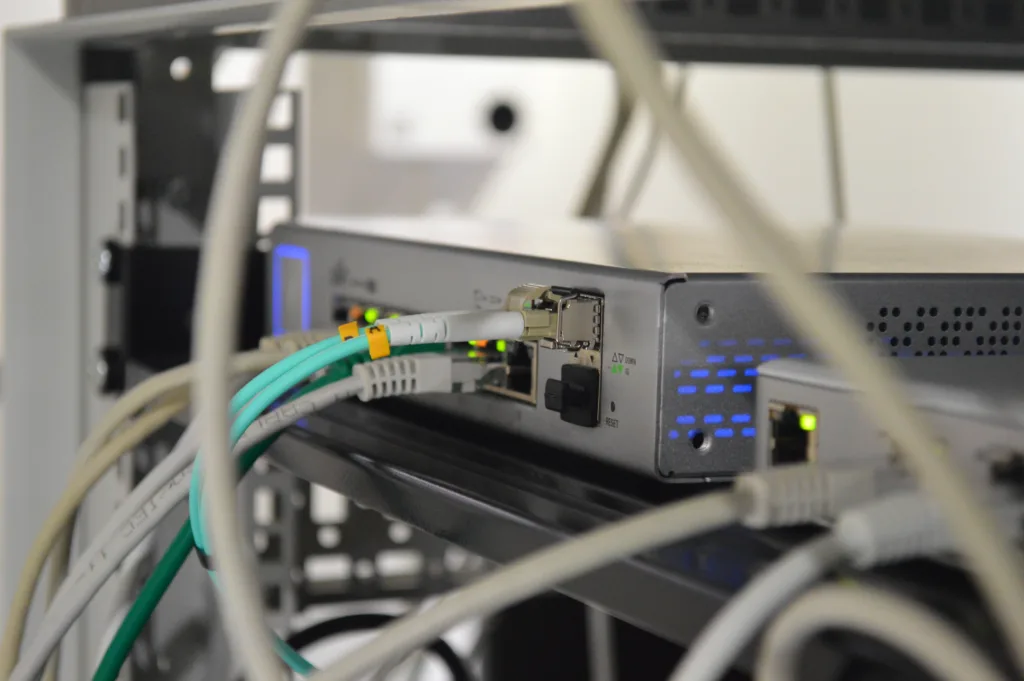In the world of computer networking, efficient communication and reliable data transfer are of utmost importance. This is whre the Transmission Control Protocol (TCP) comes into play. TCP is a reliable connection-oriented protocol that ensures data is transferred accurately and in order. In this article, we will delve into one of the TCP flags – the Push Acknowledgement (PSH-ACK) flag.
The PSH-ACK flag is a combination of two flags; the Push flag and the Acknowledge flag. The Push flag (PSH) is used to indicate to the receiving device that the data being transmitted should be pushed immediately to the application layer, without waiting for more data. The Acknowledge flag (ACK) is used to indicate to the sender that the data has been received and acknowledged by the receiver.
When a device sends data to another device using TCP, it sends a packet that contains various flags that indicate the status of the data being transmitted. The PSH-ACK flag is set when a device wants to send data to the receiving device and wants to ensure that the data is delivered immediately.
The PSH-ACK flag is useful in scenarios where real-time data is being transmitted. For example, in a video conferencing session, the PSH-ACK flag can be used to ensure that the video and audio data is delivered in real-time, without any delay.
It is important to note that not all applications require the use of the PSH-ACK flag. In fact, using the PSH-ACK flag excessively can result in increased network congestion and decreased network performance. Therefore, it is important for network administrators to understand when to use the PSH-ACK flag and when to avoid it.
The PSH-ACK flag is a useful tool in the world of computer networking, especially in scenarios where real-time data transfer is required. However, it should be used selectively to avoid network congestion and performance issues. As with any other TCP flag, it is important to understand its purpose and use it appropriately to ensure efficient and reliable data transfer.
What Is Push ACK In TCP?
In TCP, Push ACK is a combination of two flags that are used in the TCP header. The Push flag (PSH) signals to the receiving end that the data being sent should be pushed to the application layer as soon as possible, without waiting for more data to be sent. The ACK flag, on the other hand, is used to acknowledge receipt of data.
When both flags are set in a TCP packet, it means that the sending end is requesting the receiving end to immediately push the data to the application layer and also acknowledge the receipt of the data. This is often used in real-time applications, such as video streaming or online gaming, where delays in data transmission can result in a poor user experience.
Push ACK in TCP is a combination of the PSH and ACK flags, used to request the imediate transmission of data to the application layer and acknowledge its receipt.

What Does PSH Mean In TCP?
In the context of TCP (Transmission Control Protocol), PSH stands for “Push”. The PSH flag is a one-bit flag in the TCP header that informs the receiving host to immediately push up the data to the receiving application.
When the sender sets the PSH flag in the TCP header, it indicates to the receiver that the data being sent is time-sensitive and should be delivered to the application layer as soon as possible. This flag is used when the sender has a small amount of data to send, but the data is critical to the receiving application and needs to be delivered quickly.
In essence, the PSH flag is used to minimize delays and improve the efficiency of data transfer in TCP. It tells the receiver to treat the data as a priority and deliver it immediately to the receiving application.
To summarize, the PSH flag in TCP is a signaling mechanism that allows the sender to inform the receiver to immediately push up the data to the application layer, which is usefl when the data being sent is time-sensitive.
What Does ACK Stand For In Wireshark?
In Wireshark, ACK stands for “Acknowledgement”. Specifically, it refers to a standard TCP (Transmission Control Protocol) packet that is used to confirm that a packet of data has been received successfully by the receiving end of a communication. When a source device sends a packet of data to a destination device, it waits for an ACK packet in return to confirm that the data has been received. If the source device doesn’t receive an ACK packet within a cetain amount of time, it will retransmit the data packet to ensure that it gets through. the ACK packet is an important part of ensuring reliable data transmission over a network.
What Does PSH In Wireshark Mean?
In Wireshark, PSH is a flag that is set in the TCP header of a packet. It stands for “Push” and is used to indicate to the receiving end of the TCP connection that the data should be pushed to the application layer immediately, rather than being buffered.
When a sender sets the PSH flag, it is telling the receiver to deliver the data to the receiving application as soon as possible, rather than waiting for more data to arrive and buffering it. This can be useful in cases where the application expects data to arrive in small chunks and neds to process it immediately.
PSH in Wireshark indicates that the sender of the packet has requested that the receiving end immediately push the data to the application layer.

Conclusion
The PSH and ACK flags in the TCP header serve distinct but related purposes. PSH indicates that the sender wants the receiving machine’s TCP implementation to immediately provide the received data to the application code. ACK, on the other hand, acknowledges data that the sender has received from the other machine. Both flags are crucial for ensuring reliable communication over a TCP connection. By understanding the roles of these flags, network administrators and developers can better optimize their network configurations and application code to ensure optimal performance and reliability.
